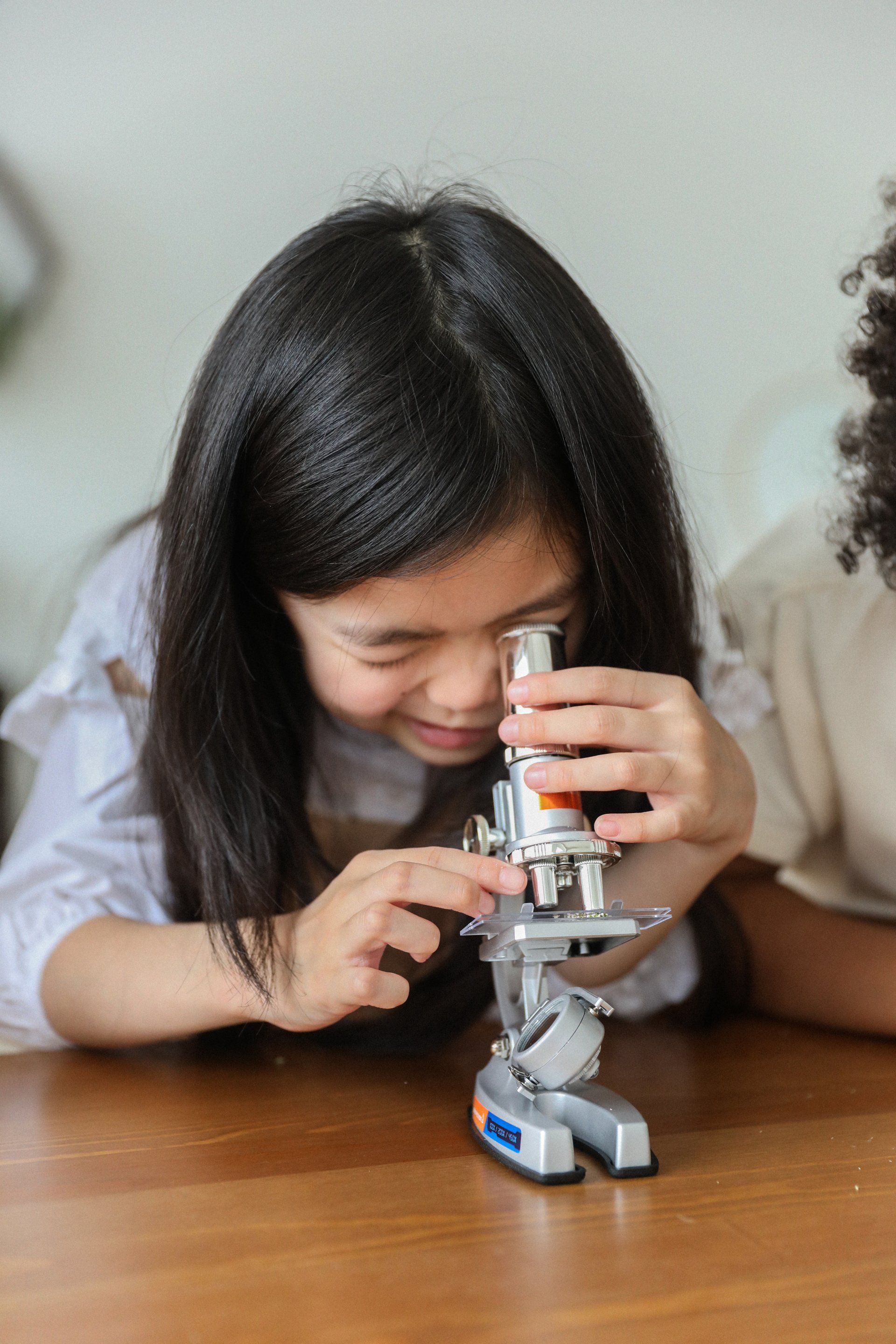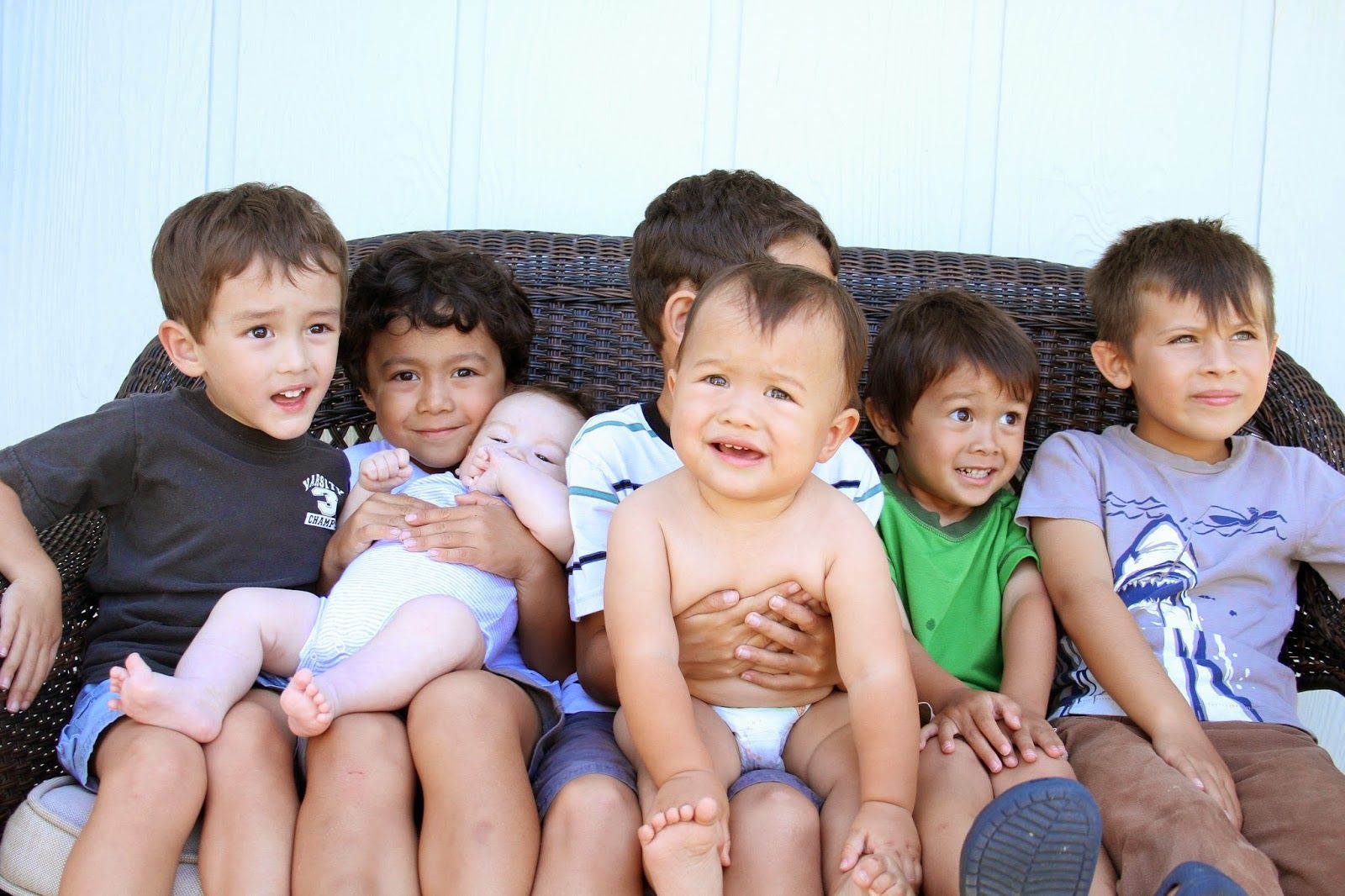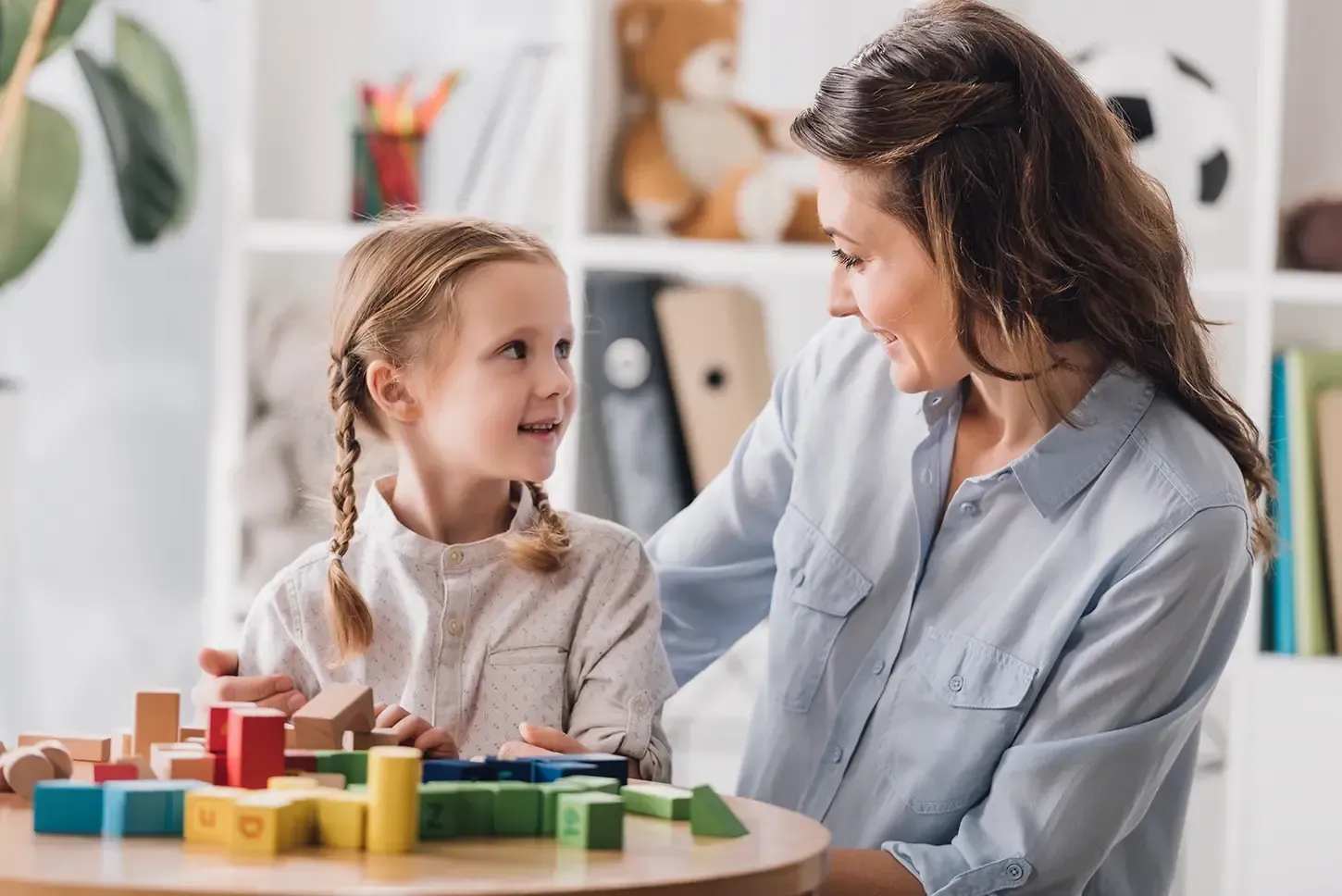Understanding the Impact of Trauma on Child Development: Implications for Child Protection Practices
The Impact of Trauma on Child Development: Navigating the Shadows
Trauma is a significant and sometimes hidden factor that can influence child development in multifaceted ways. From the acute stress responses that children experience to the long-term consequences of adverse experiences, understanding how trauma affects development is crucial for parents, educators, and mental health professionals. This blog will explore the different types of trauma, the potential effects on a child’s cognitive, emotional, and social development, and the strategies available for support and healing.
Understanding Trauma
Trauma can occur in various forms, including physical, emotional, or sexual abuse, neglect, witnessing violence, or experiencing natural disasters. It can be categorized into:
- Acute Trauma: This is a single shocking event that causes significant emotional distress.
- Chronic Trauma: This refers to exposure to multiple traumatic events, often occurring over an extended period, such as living in an abusive household.
- Complex Trauma: This results from exposure to varied and multiple traumatic events, often of an invasive, interpersonal nature.
- Secondary Trauma: This can affect those indirectly exposed to trauma, such as family members of trauma survivors or professionals working in high-stress environments.
Each type of trauma can have different implications for child development, underscoring the need for a nuanced understanding of its impacts.
Cognitive Development
Trauma can have profound effects on a child’s cognitive abilities, influencing everything from learning to memory retention. The brain's response to trauma is often to invoke a fight-or-flight response, accompanied by heightened levels of stress hormones like cortisol. This physiological response can undermine cognitive abilities in several ways:
- Impaired Focus and Concentration: Children who have experienced trauma might struggle to concentrate or stay focused in school settings. This can lead to academic difficulties and an increased risk of behavioral issues.
- Memory Challenges: Trauma can hinder both short-term and long-term memory. Children may forget lessons, struggle to recall instructions, or have difficulty retaining new information.
- Diminished Problem-Solving Skills: Exposure to chronic stress can inhibit cognitive flexibility, making it harder for children to adapt to new situations or solve problems creatively.
- Learning Disabilities: In some cases, trauma can contribute to the development of learning disabilities or disorders such as ADHD, impacting a child’s educational trajectory.
Emotional Development
The emotional ramifications of trauma can be extensive and long-lasting. Trauma can disrupt a child's emotional regulation, leading to various emotional and psychological issues, including:
- Anxiety and Depression: Children who have experienced trauma may be more likely to develop anxiety disorders or depressive symptoms, significantly impacting their quality of life.
- Emotional Dysregulation: Trauma can affect a child’s ability to manage their emotions. They may experience intense emotional responses, struggle with anger management, or appear numb and disconnected.
- Low Self-Esteem: Traumatic experiences can distort a child's self-image, leading to feelings of worthlessness, shame, or blame.
- Attachment Issues: Inconsistent caregiving or neglect can lead to insecure attachment styles, making it difficult for children to form healthy relationships and trust others.
Social Development
The impact of trauma extends into social development, influencing a child’s ability to navigate relationships and social situations. Some of the potential effects include:
- Social Withdrawal or Isolation: Children who have experienced trauma may withdraw from peers or social interactions, fearing rejection or emotional vulnerability.
- Aggression and Behavioral Problems: Some children may exhibit aggressive behaviors as a means of coping with their trauma, struggling to communicate their feelings constructively.
- Difficulty Forming Relationships: Traumatic experiences can create barriers to forming healthy, trusting relationships, as children may project their fears onto new interactions.
- Cultural and Community Disconnect: Trauma, particularly in marginalized communities, can create a disconnect between children and their cultural or community identities, exacerbating feelings of isolation.
Long-Term Consequences
The effects of trauma can persist long after childhood, potentially leading to various long-term challenges, including:
- Mental Health Disorders: The increased risk for anxiety, depression, PTSD, and other mental health disorders can extend into adolescence and adulthood.
- Substance Abuse: Young people who experience trauma may turn to substances as a coping mechanism to manage their distress.
- Difficulty in Adult Relationships: Trauma can lead to ongoing issues with intimacy, trust, and communication in adult relationships.
- Chronic Health Issues: There is a growing body of evidence suggesting that trauma in childhood can correlate with chronic health conditions in adulthood—ranging from cardiovascular disease to autoimmune conditions.
Pathways to Healing
The potential impact of trauma on child development emphasizes the importance of early intervention and appropriate support mechanisms. Strategies for healing and resilience-building include:
- Therapeutic Engagement: Seeking therapy with professionals trained in trauma-informed care can help children process their experiences, learn coping strategies, and develop resilience
- Healthy Relationships: Fostering connections with supportive adults, such as caregivers, teachers, or mentors, can mitigate feelings of isolation and help children feel valued and seen.
- Mindfulness and Relaxation Techniques: Teaching children mindfulness practices and relaxation techniques can be beneficial in helping them manage anxiety and emotional responses.
- Building a Strong Support Network: Encouraging connections with peers, family, and community can provide essential support and resilience to recovery efforts.
- Education and Awareness: Educating parents, teachers, and caregivers about the signs of trauma and its effects can facilitate early recognition and intervention.
Conclusion
Understanding how trauma impacts child development is essential for fostering resilience and promoting healing. By recognizing the signs of trauma and advocating for supportive environments, caregivers and educators can help children navigate the profound challenges that arise from traumatic experiences. While the scars of trauma may last a lifetime, with appropriate support and intervention, children can overcome adversity and grow into well-adjusted adults, transforming their pain into strength and resilience.










